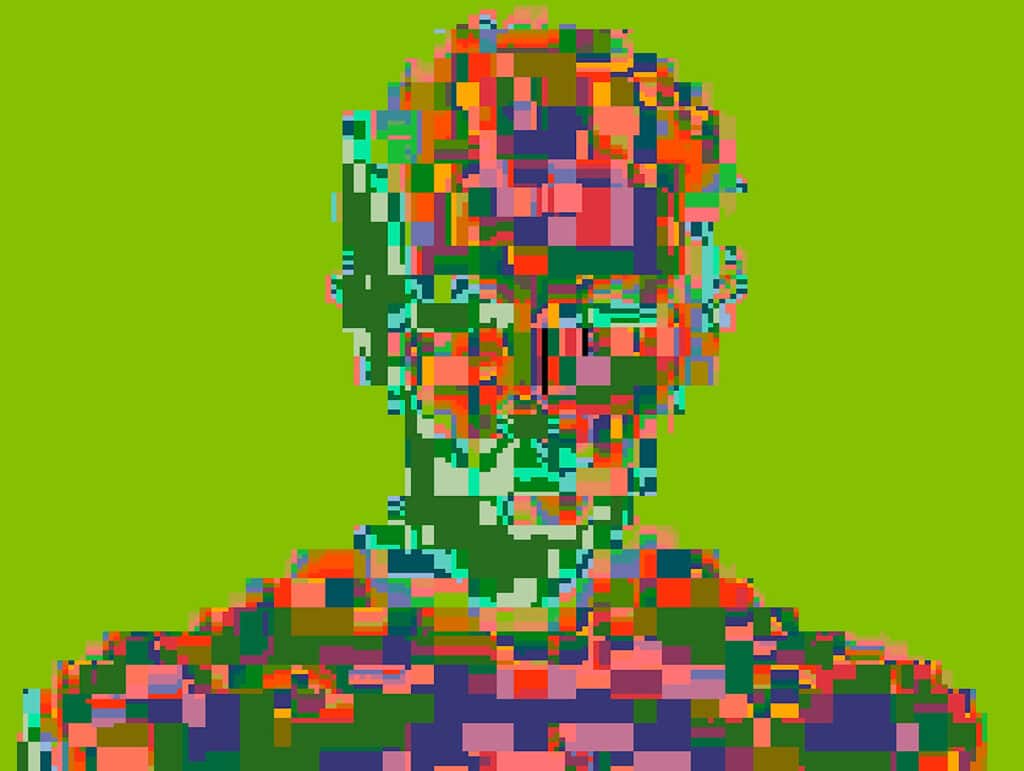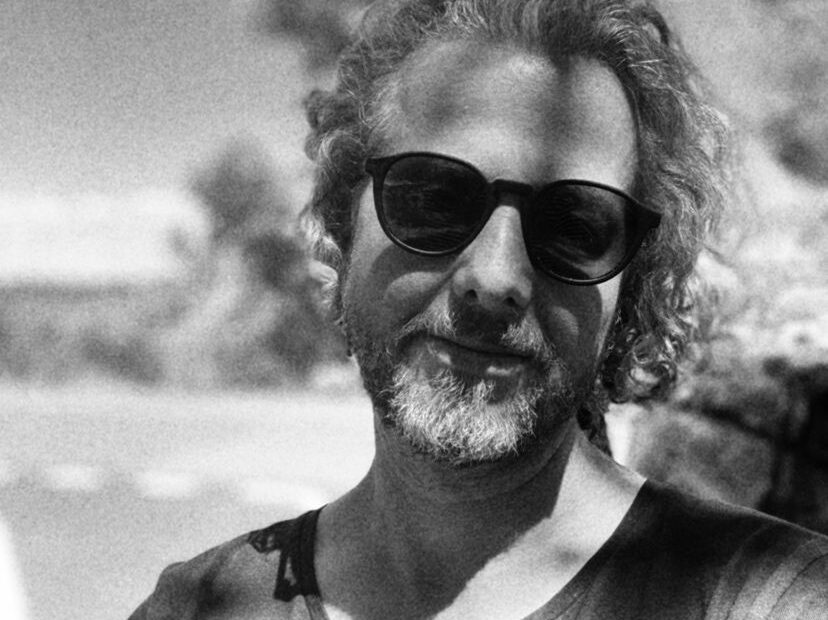– An interview with the artist David Szauder
Jonas Kasper Jensen (JKJ): Would you mind introducing yourself and tell why you entered the NFT space?
David Szauder (DS): My name is David Szauder. I am originally from Hungary, living and working in Berlin for 13 years. I work as an artist, curator, and art consultant. I have been doing my digital pieces since 2008 and publishing them on various platforms. In the last ten years, I have shown some of my works in gallery environments as well.
In fact, I did not enter the NFT space; I just let crypto art enter my life, being a really significant difference.
I would identify two types of artists: those who let NFT into their lives and those who do not. Perhaps it is not the best approach to explain the motivations of this duality; instead, let’s rephrase the question: if you are an artist (primarily digital, media, etc.), will you be able to avoid NFT in your life? The answer is not easy, and both standpoints have good aspects. But what my target group concerns, I’m thinking of practising artists, not those who became artists due to NFT.

So I let NFT into my life because I thought it was an opportunity and also didn’t want to avoid it. As a forty-something artist, of course, on many levels, I cannot compete with a younger, more tech-like generation. My adaptation is much slower, quasi tedious, and the conversion needs a lot of patience and ability to adapt. Let me give an example that is more than personal. I am an artist experimenting with digital collages, more subtly human faces. I take faces, animating them, resulting in animated compositions. All these transformation processes are followed and running according to my concept. Now, what is the end result? Is it an NFT? Or an NFT-ready visual material? Or do they need to be further transformed or reshaped in a way to approach the non-written visual basics of NFT? Is it sufficient to work on this level of aesthetics, or does NFT need a different approach? If I upload my animations to my insta, I get a few hundred likes and views and some very honourable comments in a good case. If I put the same material on ‘Rarible’ or share it further, ‘Rarible’ will repost it perhaps, but without the chance to be sold because my work is undoubtedly not NFT’ compatible’ and needs a lot of marketing. But do I really want to reshape my work significantly for such purposes? These are difficult questions.
JKJ: Do you have a central focus or topic in your artistic practice?
DS: What I always admired is how human remembrance transforms the onetime reality. Some of my earlier compositions entitled ‘failed memory’ were based on these transformations. Lately, I have participated in a show called “Birds and Bikes” in the gallery Momentum Worldwide’, where I presented four short animations based on original 8mm recordings of my grandad, manipulated with my own digital tools. Manipulation and experimenting were always essential for me. Perhaps this is what NFT means for me: an experiment with manipulation…
JKJ: You are an established artist within the feel of intermediary art with a strong focus on experiments with digital media. Can you explain what intermediary art and digital art is to you?
DS: Since I was a kid, I have always worked with a computer. When I was just eight years old, I got my c64. I undoubtedly played the familiar games on it, but I figured out a software called’ simons basic’, helping me create my first abstract pictures with’ basic’ programming code. It was simply admirable for me: abstract nonsense images created by an incredible amount of circles and lines. When I discovered how to change the parameters easily, a new world opened up in my soul. Lately, I printed them and put them on the shelf. Then I started my university years as an art historian. During the medieval art exam preparation, I found a book in the library about photocopy art. It mesmerised me. And also decided something. I needed two years in a computing engineer department to choose the final direction, intermediary art. It is fascinating how to manipulate digital media, create something, and form it visually to conform to my imagination. This is the fun side of the venture since I visualise most of my compositions before realising them with digital tools. This is nothing else but to help something to be successful through creation. This motivates me a lot.

JKJ: In the context of NFTs, your work is exciting because you have a background in traditional art. You most likely have a different view on NFTs than native crypto-artists. From your perspective, what is an NFT, and are they something artists should notice besides news stories about high sales and hype?
DS: Crypto art and NFT are like a very fast train. It is running and getting faster and faster. Artists need to consider seriously: Do I have a seat on that train? Because NFT is not what I did in the last few years. NFT is endurance, high level of endurance: creation, publishing, promoting and pushing, pushing it harder. And to do it even harder is not enough since you do not exist on this market until you are visible. Not to mention the constant communication channels like Discord or the incredible amount of tutor videos and articles. But back to the question: High sales and hype, what else could we get from NFT? Much more visibility, I guess, is always a desirable plus for an artist, to be paid (extra income) and perhaps a new way of exhibiting artworks in a more ‘metaversic’ white (dark) cube.
JKJ: Has the method of creating your work changed since you began tokenizing it into NFTs?
DS: Well, I am still learning, and it is not as quick as I guessed. Trying to reshape a few visual elements and find less complicated language and understandable concepts. And, of course, the marketing…

JKJ: NFTs are often praised as the trigger of a new artistic renaissance with native digital art at its core. Is there something to this statement?
DS: I would rephrase this question and apologise if I am rude, but the quality is against quantity right now. A new artistic renaissance would arrive if artists could be successful in crypto with their own individual style; for the time being, the most successful artists are following specific trends as much as possible as far as I can tell. Very strict trends. And there is the majority who are following who are pursuing these trends. Only a very few interesting artists with their individual character and style are acknowledged nowadays. And the rest (us) are struggling. But it needs time and endurance. Endurance is what we need; otherwise, it is better not to begin it.
JKJ: Does the underlying technology behind NFTs, such as DLT systems and protocol standardisation, matter to you when you work with NFTs?
DS: No. But I will think about it. Right now, I am still on the artistic and aesthetic side.
Read other stories: Will NFTs bring about the poets of the metaverse?
Severus drives African leadership with the launch of limited edition ‘African Hero’ NFT collection


